Podcast: Play in new window | Download
How do you start your airplane engine? Is it perfectly “by the checklist,” or some other method? We’ve talked about this topic in the past, and it will come up again in today’s episode. Listen in, take the challenge, and see if it might be worth considering a small modification to your starting procedure.
Also, if you have not listened to episode 019, you might want to go back and catch that one… it goes into much greater detail on the subject of starting airplane engines, and some things to think about. It might surprise you!
Also, in today’s episode, we give an update on the Lycoming connecting rod bushing issue.
Thank you, Mike Busch, and the Savvy Aviation team, for keeping us all up to date on this issue. The recent email from Savvy Aviation is how I first discovered the FAA had issued an AD on this connecting rod issue.
Here’s a link to SB 632B:
http://www.lycoming.com/sites/default/files/SB632B%20Connecting%20Rod%20Identification.pdf
And here’s one for AD 2017-16-11:
https://s3.amazonaws.com/public-inspection.federalregister.gov/2017-16968.pdf
And finally, one for Lycoming Service Instruction 1458G:
https://www.lycoming.com/sites/default/files/SI1458G%20Connecting%20Rod%20Bolts%20%281%29.pdf
Bottom line: If you have a Lycoming engine that is affected by this AD, your local A&P may very well be able to remove the cylinders, do the inspection, and reinstall the cylinders, as long as your connecting rod bushings PASS THE TEST. However, if you need to have any connecting rods changed due to failing the bushing test, BE VERY CAREFUL about having the work done by your local A&P… this is a task that just might be best accomplished by a reputable engine-overhauler. Just read through SB 632B (great pictures,) and SI 1458G, and you will discover that “This ain’t no task to be taken lightly!” Make sure it is done with the care and precision necessary for reliable operation.
Also, in today’s episode, I talked a little more about the instrument nut that I recently found behind the instrument panel of a Cessna 182. This past week, I noticed some good techniques for fastening instrument nuts in place to prevent them from falling down behind the panel. Here are a couple pictures from a twin Cessna I worked on this past week at Classic Aviation, LLC:
Notice how the lacing cord is used to tie the instrument nuts in place.
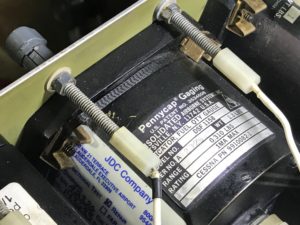
And here’s another method of tying the nut in place with lacing cord:
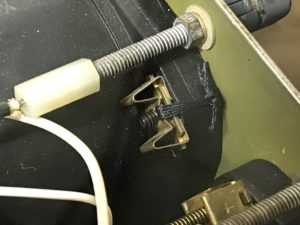
Thanks so much for the feedback I received from Arthur Rosen, and from Joshua Swartz, both about the issue of starting airplane engines, and what they found helpful from episode 019. (Listen to the episode to hear what their emails said to me.) This leads me to the challenge I’m giving today:
The Zero-Throttle Starting Challenge:
To find any piston airplane engine, where this technique does not work… because I don’t know of any at this point. (This starting technique is describe in great detail, in Episode 019.)
I also received an email from Bret Chilcott this past week… thanks Bret! If you have not listened to the episode with Bret, he is doing some very fascinating things in aviation, both flying his own 1947 Stinson, and also, providing drones that are used to survey crop fields. Take a look at the notes for episode 055 and the great pictures and videos that Bret provided for us. AgEagle is the name of his company (AgEagle.com)
Thanks for listening, and for checking out the website… if you appreciate the Airplane Owner Maintenance podcast, please go to iTunes and leave a star rating, and write a short review, so that others can become aware of what we offer.

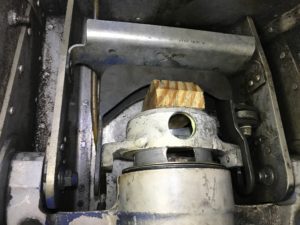
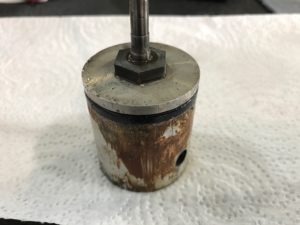
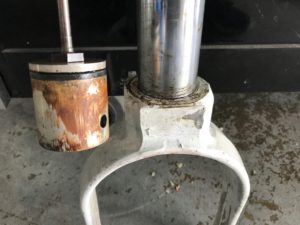
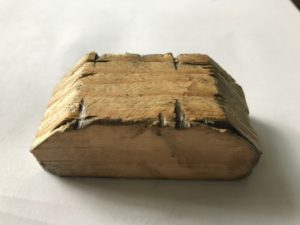


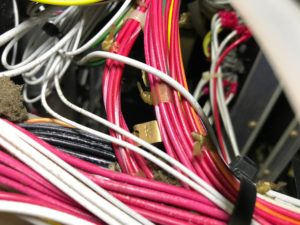





Recent Comments